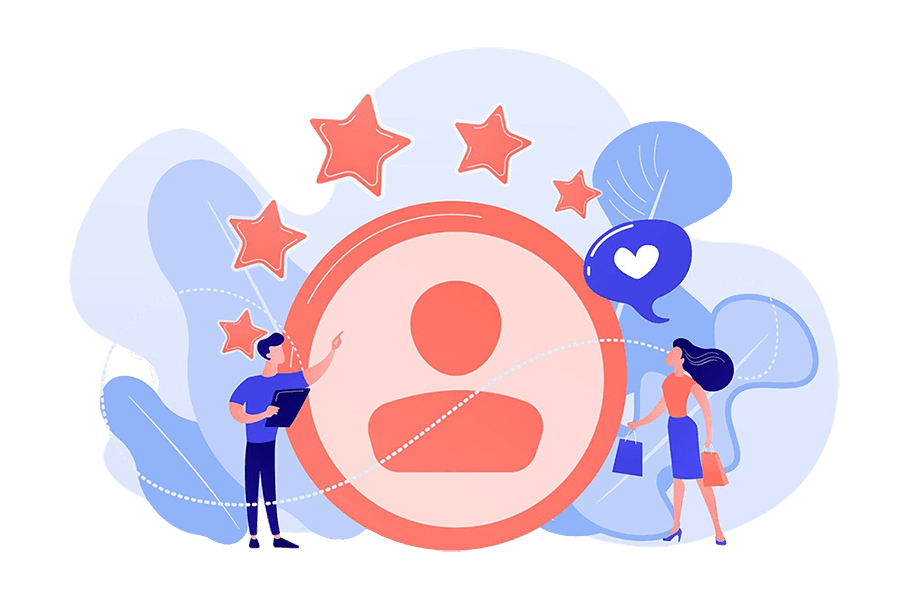Clean Architecture in Node.js
Clean Architecture has gained popularity among developers seeking to create maintainable and testable software systems. This approach emphasizes separation of concerns and encourages an organized structure for your application. This article will explain Clean Architecture tailored for Node.js and showcase how to implement it effectively.
What is Clean Architecture?
Clean Architecture is a software design philosophy that organizes code in a way that allows for easy maintenance, testing, and expansion. The key principle is to keep business logic separate from other concerns, such as user interface and external systems like databases or APIs. This separation helps teams iterate quickly and avoids dependencies that often complicate changes.
Key Principles of Clean Architecture
The main idea behind Clean Architecture revolves around the concept of layers. Each layer has a specific function and communicates with the other layers in a well-defined manner.
-
Entities: These are the core components of your business logic. Entities contain the rules and logic that define how your application operates, independent of the external concerns.
-
Use Cases: This layer coordinates the application's operations. Use cases define the actions that can be performed through your system, interfacing with entities as needed and managing the flow of data.
-
Interface Adapters: These adapt the data formats for the external systems. They handle communication and ensure that your application can interact with databases, APIs, and other external services without knowing their internal implementations.
-
Frameworks and Drivers: The outermost layer, this is where you use specific technologies, frameworks, and tools. It includes libraries, web servers, and data access tools. This layer should be kept as thin as possible to avoid coupling with your business logic.
Implementing Clean Architecture in Node.js
To implement Clean Architecture in a Node.js application, start by organizing your codebase according to the layers mentioned. Below is a brief guideline on how to structure it:
Project Structure
Html
1. Define Your Entities
Create entity models that define your core business logic. For instance, if you’re building a task manager, a Task entity would contain properties like title, description, and status. Encapsulate business rules directly in these entities.
2. Create Use Cases
Develop use cases that orchestrate the flow of your application. For example, a use case for creating a task would validate input and interact with the Task entity to ensure all business rules are respected before saving it to the database.
3. Set Up Interface Adapters
Interface adapters convert data for the use cases and entities. This could include request handlers for APIs and database access layers. Here, data is transformed from its original format into the format that your use case requires.
4. Frameworks and Drivers
This is where you implement your actual server (for instance, Express) along with any database library (like Mongoose for MongoDB) or any other external services that your application uses. Keep this layer separate to allow for easier modifications in the future.
Benefits of Clean Architecture
A clean architecture enhances the modularity of your application. Each layer can be modified or replaced independently, making it easier to implement new features, change databases, or adapt new technologies without affecting the rest of the application. Moreover, testing becomes simpler as you can test entities and use cases without dealing with outside frameworks.
Implementing Clean Architecture in Node.js promotes a structured approach to software development. By emphasizing separation of concerns, developers can create robust, maintainable applications that stand the test of time. As the application grows, maintaining the organizational structure will pay off in the long run, making future enhancements smoother and less error-prone. Embrace these principles, and you will see the difference in your development process.












